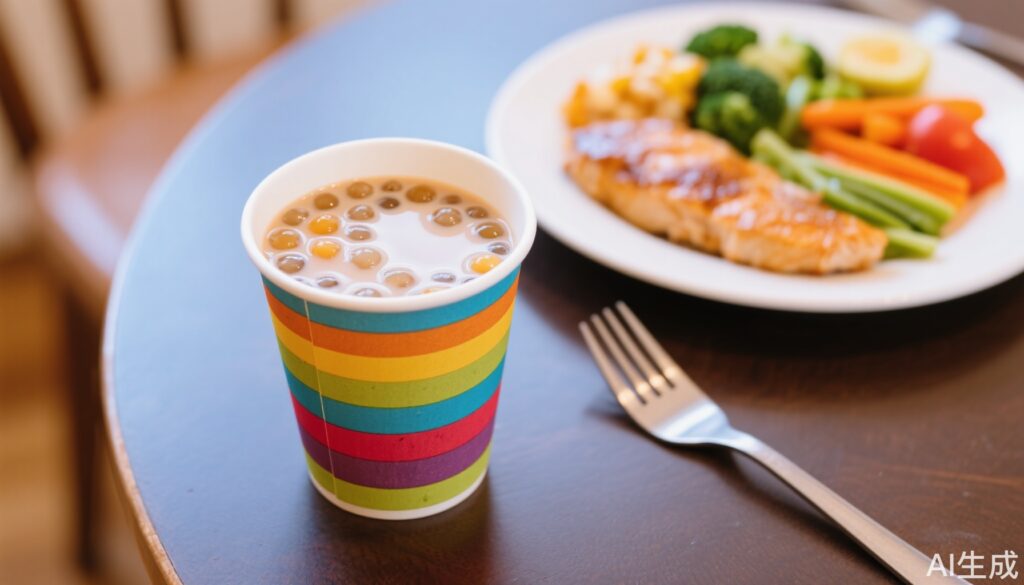Introduction
Milk tea — whether it’s bubble tea with tapioca pearls, creamy cheese foam tea, or fruit-infused milk tea — has become a beloved daily treat for many. However, as health awareness and weight management become more common priorities, understanding the calorie content of a cup of milk tea is essential.
1. Calorie Content of a Cup of Milk Tea
The calorie content of milk tea varies significantly depending on the brand, flavor, added ingredients, and portion size. Generally, a medium-sized cup (about 500 ml) contains between 200 and 400 kilocalories (kcal). Adding toppings like tapioca pearls, coconut jelly, red beans, or creamy cheese foam can increase the calorie count, sometimes exceeding 500 kcal.
For example, a well-known milk tea brand’s 500 ml bubble tea contains approximately 250 kcal. If you opt for added sugar or a cheese foam topping, the calories can easily surpass 400 kcal.
2. Can a Cup of Milk Tea Replace a Meal?
To answer this, it’s important to understand the calorie content of a typical meal. A moderate meal usually provides between 500 and 700 kcal. From a purely caloric perspective, a medium milk tea provides roughly half the calories of an average meal.
However, calories alone do not represent the full picture of nutrition. A balanced meal includes protein, carbohydrates, fats, vitamins, and minerals. Milk tea primarily supplies sugar and fat, with relatively low protein and fiber content and limited vitamins and minerals. Therefore, despite similar calories, milk tea cannot replace a nutritionally balanced meal.
3. Health Impacts of Milk Tea
- Sugar Intake: Milk tea tends to be high in sugar, and excessive consumption can contribute to obesity, diabetes, and other metabolic issues.
- Fat Content: Ingredients like cream and cheese foam are rich in saturated fat, which, if consumed in large amounts over time, may negatively affect cardiovascular health.
- Calcium Intake: Although milk tea contains some calcium, it is generally less than plain milk. Added sugars and other additives might also impede calcium absorption.
4. Tips for Healthier Milk Tea Consumption
Despite its limitations, milk tea can be enjoyed in moderation. Here are some suggestions to make it healthier:
- Choose Smaller Sizes: Opting for a small cup reduces calorie and sugar intake.
- Limit High-Calorie Toppings: Minimize additions like tapioca pearls or coconut jelly.
- Choose Low or No Sugar Options: Select milk teas with reduced or no added sugar.
- Moderation: Treat milk tea as an occasional dessert rather than a daily beverage staple.
Conclusion
While a cup of milk tea can contain a significant number of calories, it does not provide the balanced nutrition of a proper meal. Understanding its calorie and nutrient content helps consumers make informed choices, supporting better health and weight management. Enjoy milk tea as a flavorful treat, but balance it with wholesome meals and mindful consumption habits.



